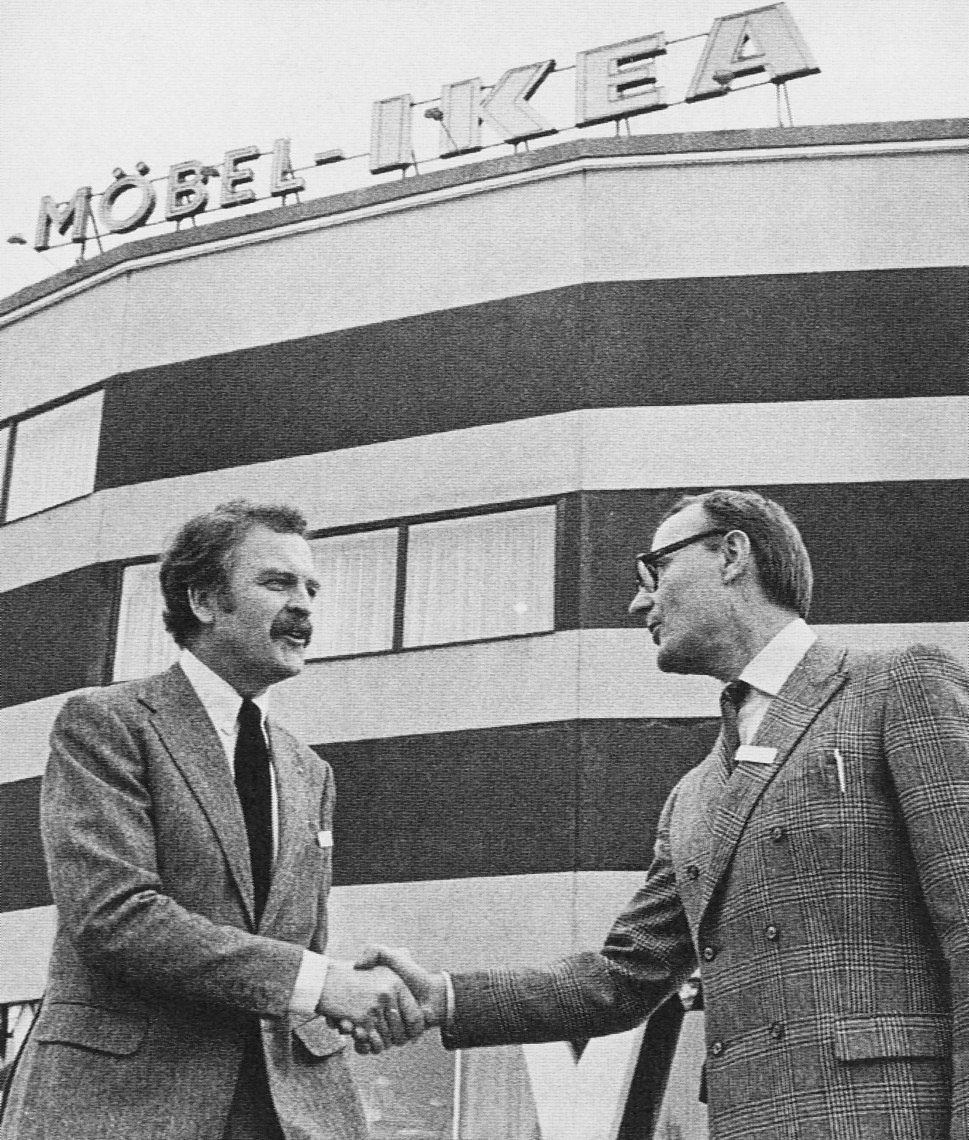Hello, fellow IKEA enthusiasts! It’s Thomas here, your guide through the maze of Scandinavian design, affordable furniture, and those delectable Swedish meatballs we all can’t seem to get enough of. Today, I’m taking a step back from my usual product and food reviews to delve into something a bit more historical — the story of IKEA itself.
The Humble Beginnings
Our beloved IKEA didn’t start as the global home furnishing giant we know today. It was the brainchild of Ingvar Kamprad, who founded IKEA in 1943 in Småland, Sweden, at the tender age of 17. The name “IKEA” is an acronym, composed of Ingvar’s initials (I.K.), followed by the first letters of Elmtaryd (E), the farm where he grew up, and Agunnaryd (A), his hometown. Initially, IKEA was a mail-order sales business selling pencils, postcards, and other small items. It wasn’t until 1948 that furniture was introduced into the IKEA product range, marking the beginning of a new era.
The Revolution of Flat-Pack Furniture
One of IKEA’s most significant contributions to the world of furniture is undoubtedly the concept of flat-pack design. This innovation came about in 1956, almost by accident, when an employee removed the legs from a LÖVET table to fit it into a car. This simple act sparked an idea in Kamprad’s mind, leading to the development of furniture that customers could assemble at home, reducing costs and making transportation significantly easier. This concept not only revolutionized furniture selling but also became a hallmark of IKEA’s sustainability efforts.
Expanding Beyond the Swedish Borders
IKEA’s first store outside Sweden opened in Norway in 1963, followed by Denmark in 1969. But it was the opening of the first store in Älmhult, Sweden, in 1958 that really laid the foundation for IKEA’s expansion. This store was the world’s largest furniture display at the time, offering affordable furniture with innovative designs. The success in Scandinavia was just the beginning. By the 1970s, IKEA began its global expansion, entering markets like Switzerland, Germany, Australia, Canada, and eventually the United States in 1985.
More Than Just a Furniture Store
What sets IKEA apart is its comprehensive approach to the shopping experience. It’s not just about selling furniture; it’s about creating a day out for the family. The introduction of the IKEA restaurant, serving traditional Swedish fare, made shopping a more leisurely and enjoyable experience. And who could forget the iconic Swedish meatballs, introduced in the 1980s, becoming as much a reason to visit IKEA as the furniture itself?
A Legacy of Innovation and Sustainability
Over the years, IKEA has not just been a leader in affordable home furnishing but has also made significant strides in sustainability and innovation. From its commitment to becoming climate positive by 2030 to initiatives like recycling waste into new products, IKEA is constantly seeking ways to reduce its environmental impact. The company’s innovative designs continue to evolve, always focusing on functionality, affordability, and sustainability.
A Personal Note
As someone who has spent countless hours navigating through IKEA’s aisles, testing out sofas, marveling at the clever storage solutions, and, yes, indulging in those meatballs, I can’t help but admire the vision and values that IKEA has upheld through the decades. It’s a testament to Ingvar Kamprad’s vision that a small mail-order business could become a global phenomenon, touching the lives of millions around the world.
Thank you for joining me on this historical journey through the world of IKEA. Whether you’re a long-time fan or a newcomer to the brand, I hope this glimpse into IKEA’s history has deepened your appreciation for not just the products, but the philosophy and innovation that lie behind them. Here’s to many more years of exploring, enjoying, and, of course, assembling.
Until next time, happy furnishing!

